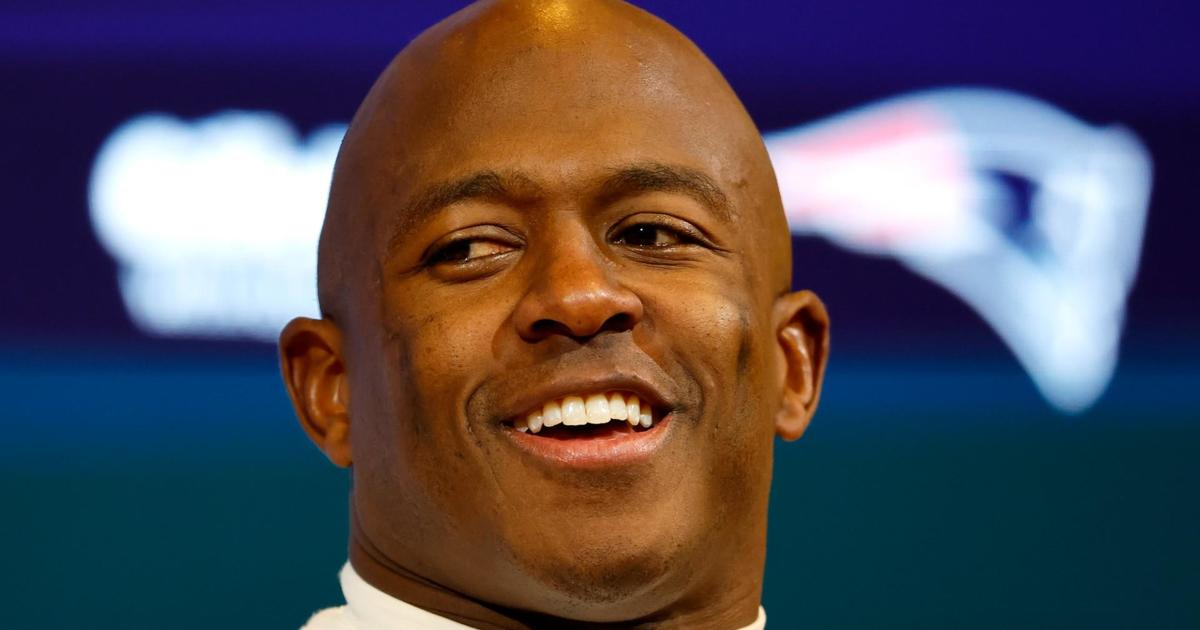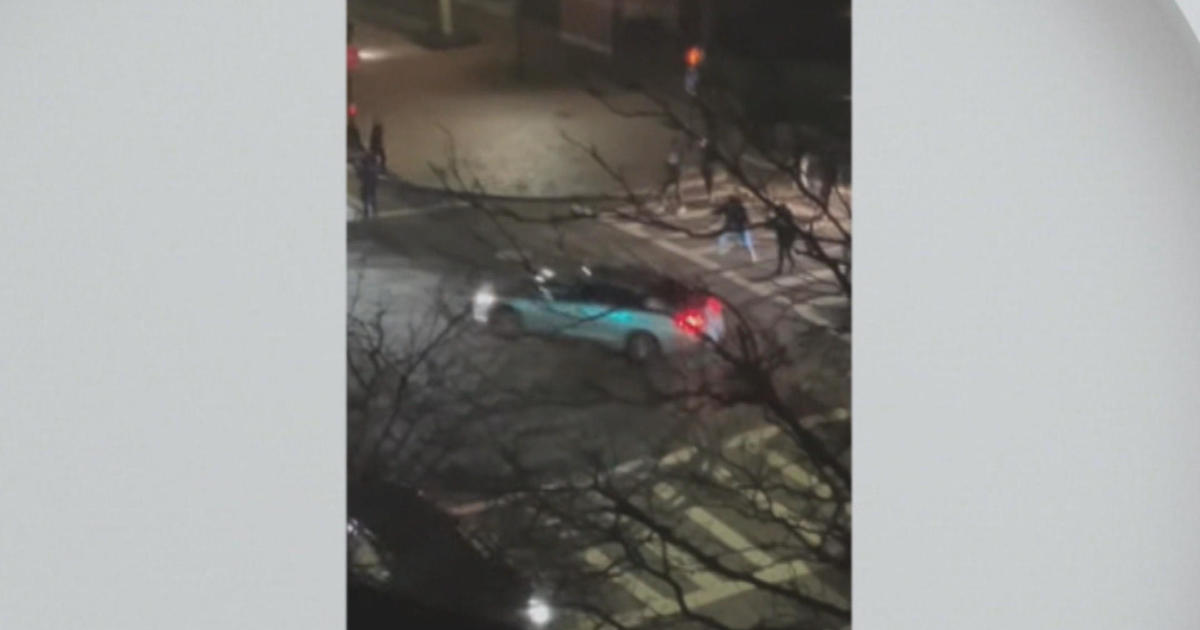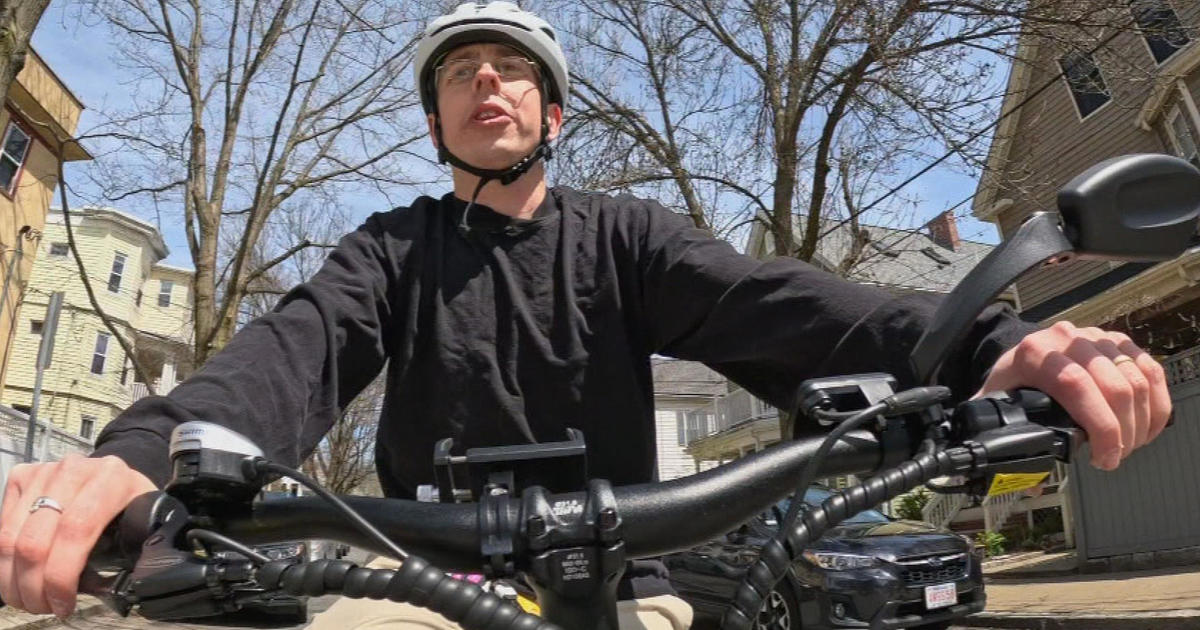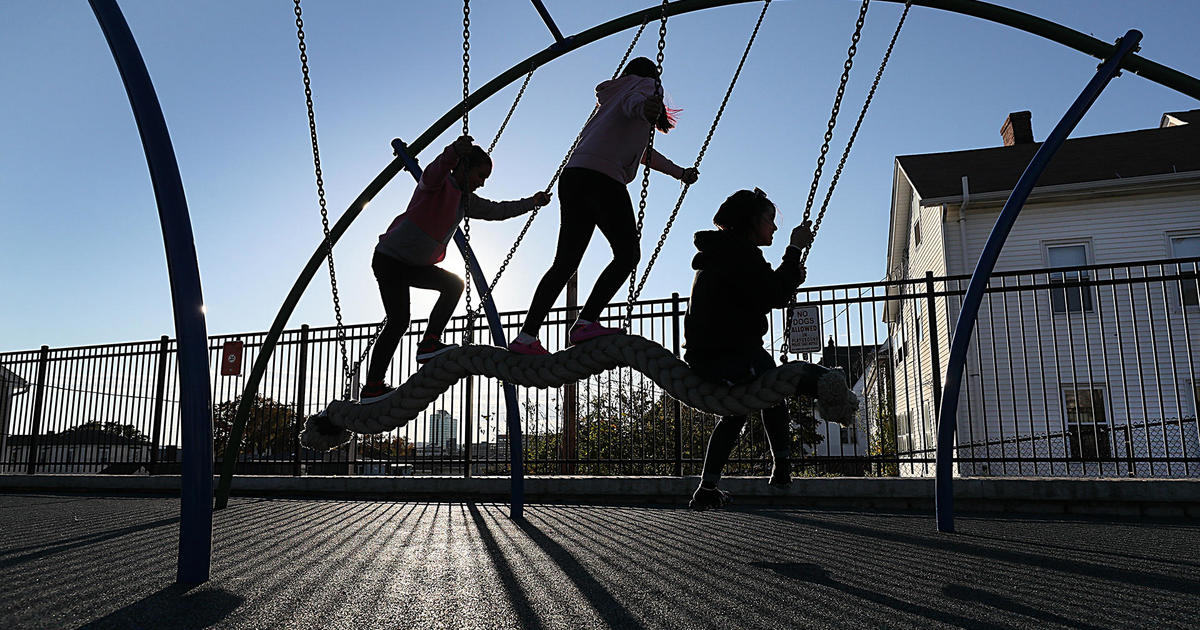Mike Pereira Says Eagles Lined Up Illegally On Trick-Play Touchdown In Super Bowl Vs. Patriots
By Michael Hurley, CBS Boston
BOSTON (CBS) -- It doesn't matter now, but it's at least been confirmed by former NFL head of officiating Mike Pereira that the Super Bowl LII officiating crew missed a big one.
On the famed fourth-and-goal trick play when tight end Trey Burton threw a touchdown pass on a reverse to quarterback Nick Foles, the Eagles did not have enough men lined up on the line of scrimmage. NFL rules dictate that seven players must be standing on the line of scrimmage for a formation to be legal.
Initially, the league said that it was a "judgment call," hinting that there is some leeway when a player is "close enough" to the line of scrimmage. But Pereira said in an interview this week that the crew flat-out missed the call and got it wrong.
"I know the league came out and said that it's a judgment call, which it is," Pereira said on the Talk of Fame Network. "The down judge, who was the one that [the play] was on his side of the field, they felt that it was his judgment, and [receiver Alshon Jeffrey] was close enough. Well, he wasn't. They lined up wrong."
Game footage shows Jeffery check in with the down judge, which is common for wide receivers to do. The game broadcast does not show whether or not the down judge confirms with Jeffery that he's lined up properly. (Only the down judge's feet are visible on the game broadcast. On the coach's tape, the official does not appear to give any sort of response to Jeffery.)
Pereira's own explanation had a bit of a problem, though.
He noted that being "on the line" can generally be a very loose interpretation, and that if a player is within a yard or yard-and-a-half of the line of scrimmage, the officials will generally let it go. But Pereira said Jeffery was a little bit farther back than is generally allowed.
"We always use a yard, maybe a yard-and-a-half. But that's two," Pereira said. "And even a little bit beyond two. It's kind of one of those that has no effect on the play. I get it. But they didn't line up properly. And it really should've been called."
Pereira's estimate is a little high. Here's a closer look at where Jeffery lined up on the play:
From the looks of that image, Jeffery was only about a yard-and-a-half from the line of scrimmage. And by Pereira's own standards, a yard-and-a-half generally doesn't draw a flag. Jeffery certainly was not "two" or "even a little bit beyond two" yards from the line of scrimmage. So in trying to correct the situation, Pereira added a bit of murkiness on his own.
But Pereira still argued that with the receiver clearly not on the line of scrimmage, the formation warranted a penalty, even though there was no real advantage to be gained.
"It's a trick play. And if you're going to run a trick-type play, then you have to be lined up properly," Pereira said. "You could either have six men on the line, or you could have an ineligible number lined up at the end of the line, which was the case. I know what the league has said, but they would have been a lot more comfortable if they would have called an illegal formation."
Of course, as was stated to start the story, it doesn't really matter. Had the penalty been called, it would have been fourth-and-goal from the 6-yard line. The Eagles would have likely kicked a field goal to take an 18-12 lead. The Patriots would have had about five fewer seconds with the ball on their final possession of the half. So in the imaginary timeline where the Philadelphia touchdown didn't count, it's likely that the Patriots would have run out of time before the half, just like they did in the real-life timeline.
And after that, if the second half in the imaginary timeline played out as it did in the real-life timeline, then the Eagles still win the football game.
You could, of course, play out a third timeline where Jake Elliott somehow misses that 24-yard field goal (he did miss a PAT in that first half), but even then, the Eagles scored enough in the second half to cover those missed points.
So it's really a moot point. But considering that the "Philly Special" will forever live in Philadelphia folklore as the play that made history, it's at least on the record that the Eagles didn't exactly execute their trick play as perfectly as they had hoped. But history shows that when you make plays in big moments, these types of calls tend to go your way.
You can email Michael Hurley or find him on Twitter @michaelFhurley.





